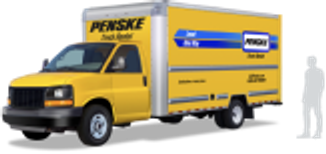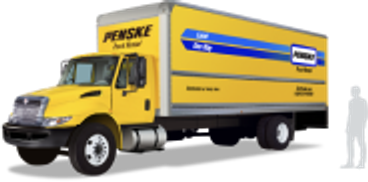Awareness Campaign Promotes Work Zone Safety

Spring, an annual season of renewal, brings with it warmer temperatures, sun-kissed days and the start of highway construction season.
Work zones, accompanied by signature orange barrels, provide added challenges to drivers – both professional truck drivers and motorists alike – who face altered traffic patterns and delays.
The Federal Highway Administration (FHA) has designated this week as National Work Zone Awareness Week to spotlight safe driving in work zones to keep drivers and workers in construction zones safe.
Work zones account for an estimated 10 percent of congestion and 24 percent of freeway delays. Drivers should plan ahead – leave early and avoid work zones altogether, when possible.
Work zone conditions – lane closures and shifts, rough surfaces, and others – make maintaining the posted speed limit important.
Speeding drivers are less likely to respond to these changing conditions, which can endanger others in the work zone, according to the FHA. Drivers are encouraged to look for signs indicating the work zone speed limit and keep a safe distance from vehicles traveling ahead.
The FHA offers these additional tips for safe driving in work zones:
- Obey road crews and signs: Watch for cones, barrels, signs, large vehicles or workers in bright-colored vests to warn you and direct you where to go.
- Most states have move-over laws when passing work crews and official vehicles parked on the shoulder with flashing warning lights.
- Avoid distractions, watch vehicles that stop suddenly in work zones and avoid making sudden lane changes in front of trucks that are trying to slow down.
In addition, the FHA has these suggestions when driving large trucks:
- Always wear your seat belt.
- Pay attention to the signs.
- Adhere to the instructions of the flagger.
- Leave enough space between you and the vehicle in front of you to stop safely.
- Take advantage of your driving height and anticipate braking situations.
- Be prepared to slow down or stop suddenly in a work zone.
- Get into the correct lane well in advance of lane closures.
- Be cautious of motorists racing to get ahead of you in merged areas.
- Be aware of your “No-Zone” areas where crashes are more likely to occur.
For more information on work zone safety, visit the FHA website.
By “Move Ahead” Staff










